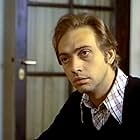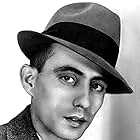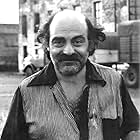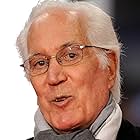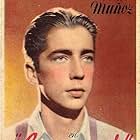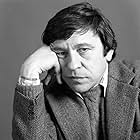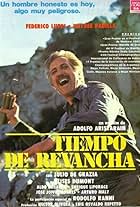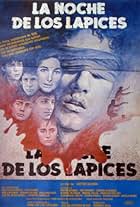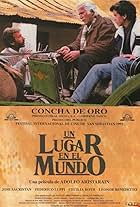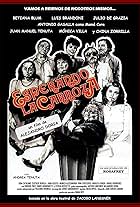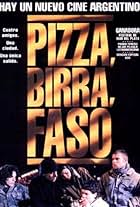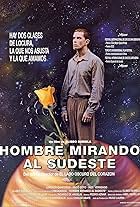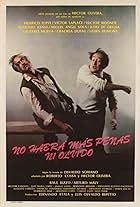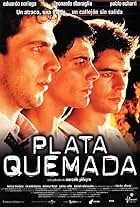Rebellion in Patagonia is a name given to the turmoil during 1920 and 1921 in the province of Santa Cruz in Patagonia, a region at the southern tip of South America.
The export price of wool and other commodities fell drastically after the First World War, which led to a reduction in the already meager wages to workers and peasants. In Río Gallegos, Antonio Soto, a Spanish anarchist, organised workers as a part of the Argentine Regional Workers' Federation (FORA). After the association of landowners rejected the workers' demands (which among other things were for Saturdays off, higher wages, better food, etc.) FORA responded by calling for a general strike in the whole province of Santa Cruz. The tension between workers and landowners escalated to hostage-taking and sporadic armed clashes between workers and police. As a result of this, the Governor was dismissed and troops from Buenos Aires were deployed. Eventually, a compromise was reached - the workers surrendered their weapons and the landowners accepted their demands. The situation didn't calm down after this, on the contrary, conflict deepened through police repression, the landowners' retaliation, political manipulation and conflicts within the workers' ranks between the anarchists and reformists. Repression intensified with arrests, torture and deportation of workers' delegates and prominent syndicalists, and eventually escalated into a new general strike accompanied by robberies, hostage taking and armed conflict. Again, the army is sent, this time not to resolve the conflict peacefully but to drown the workers' revolt in blood. Colonel Benigno Héctor Varela introduced the execution by firing squad as punishment for the strikers. FORA members were killed on the spot. By the end of the intervention the army killed 1500 workers. This movie is about their struggle. Based on actual events.








